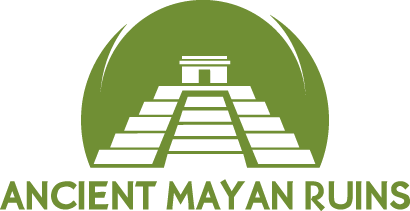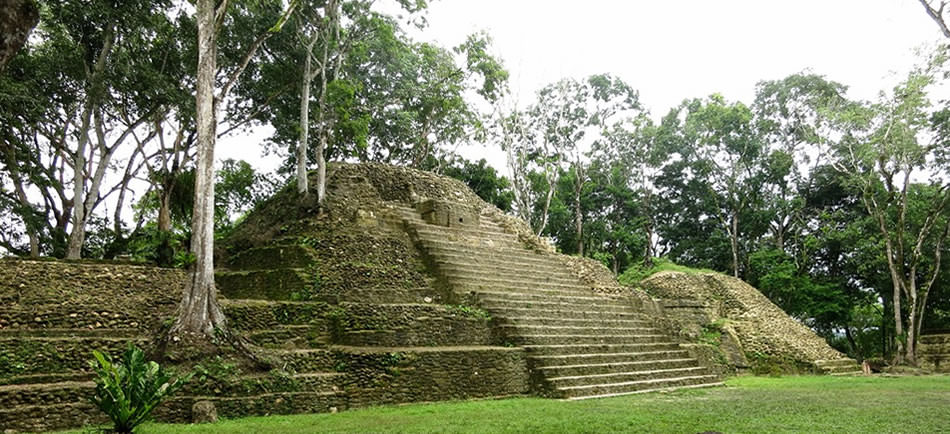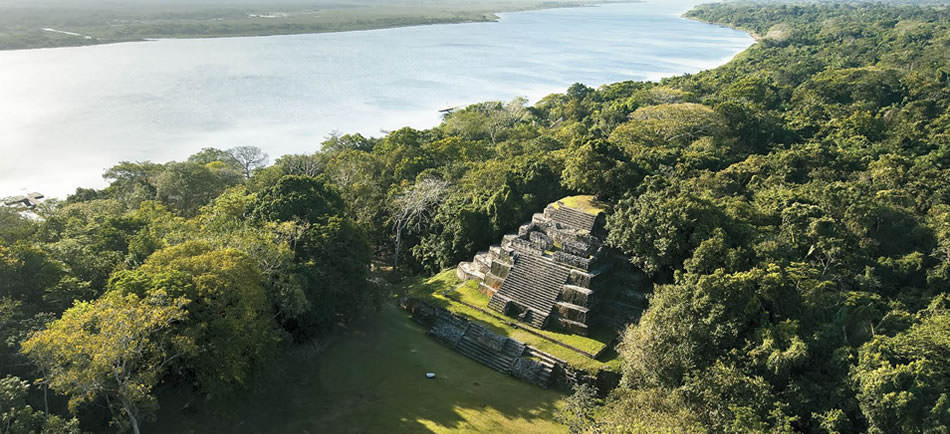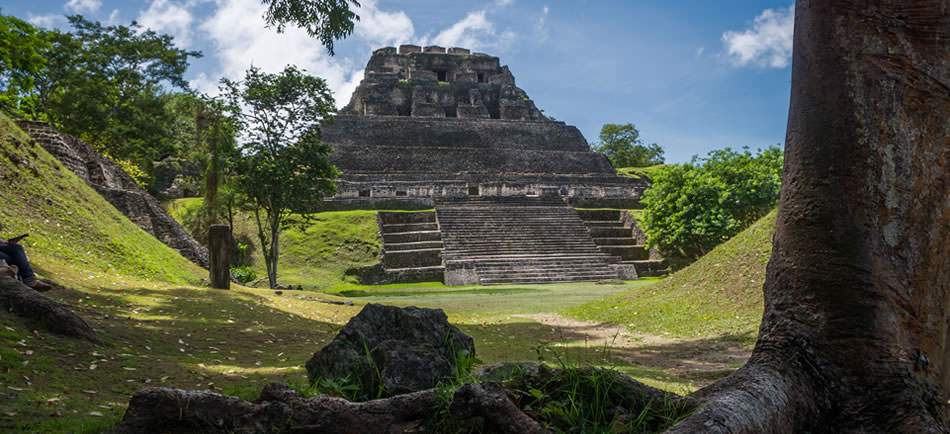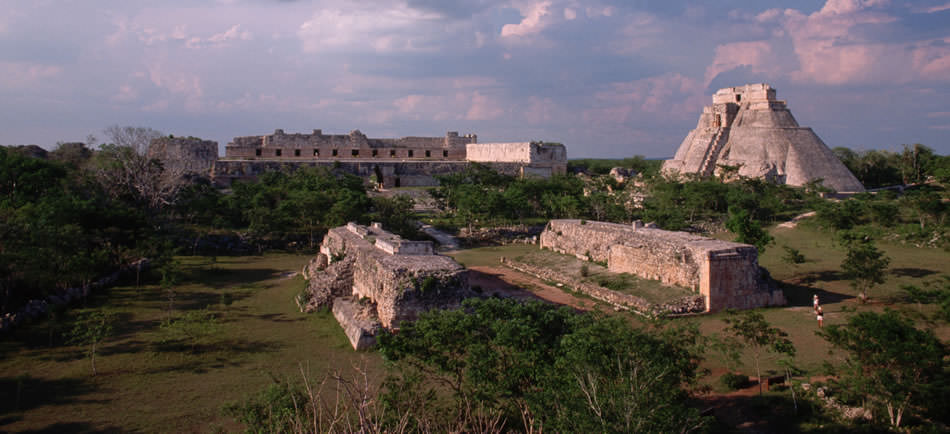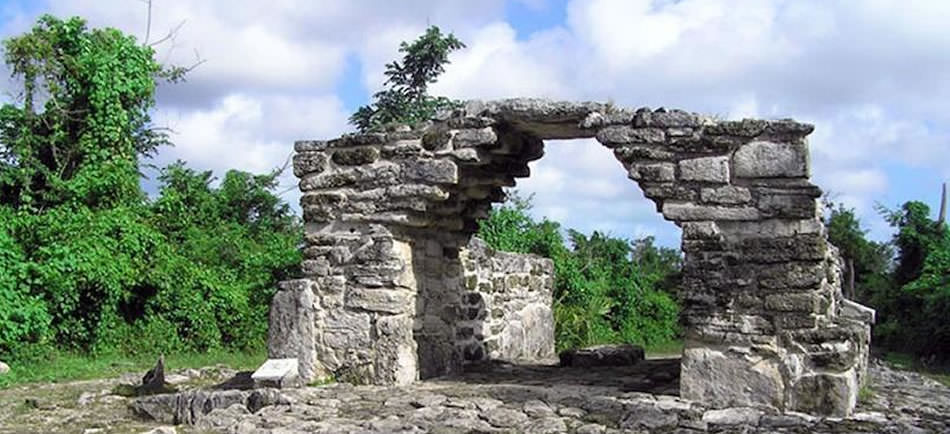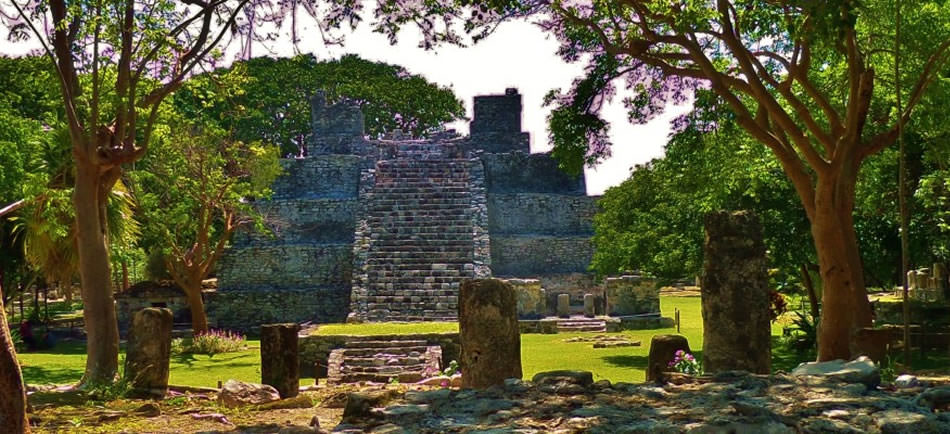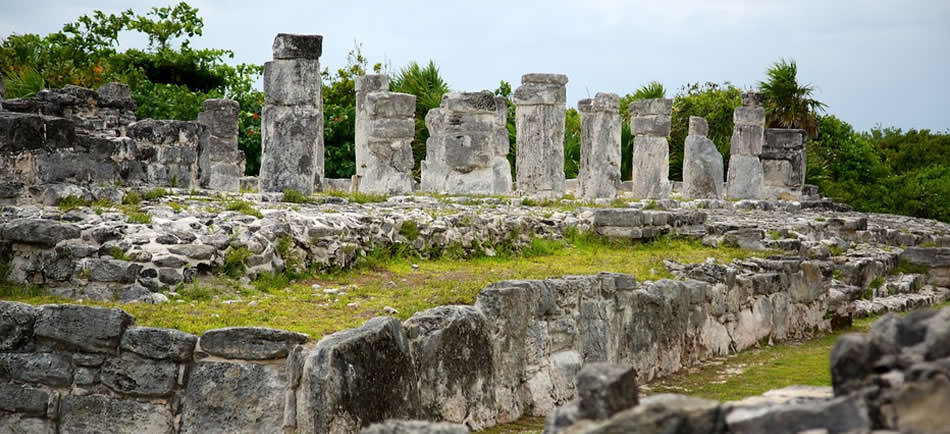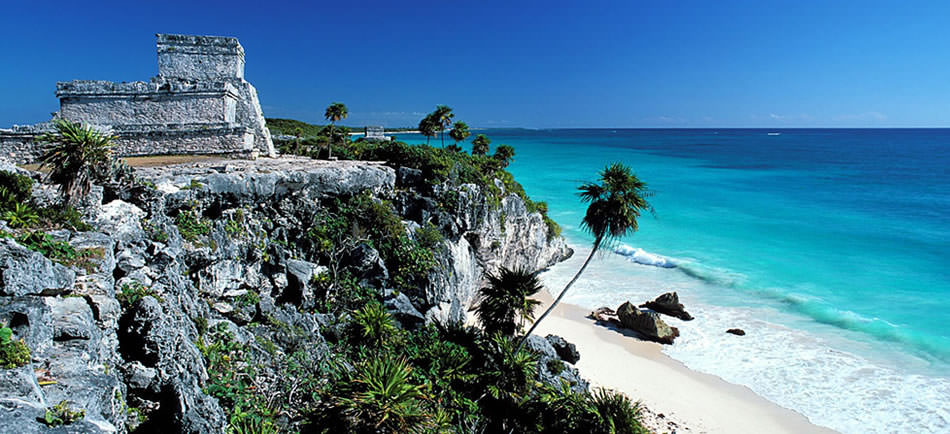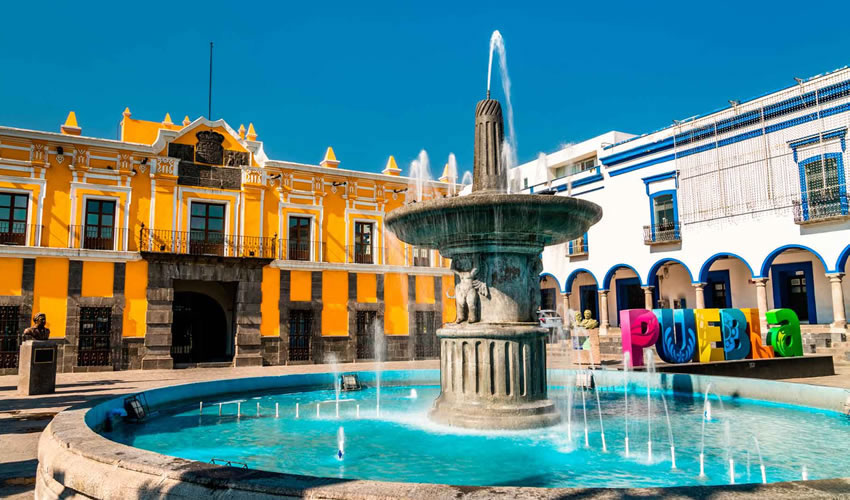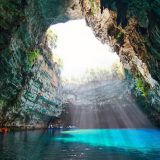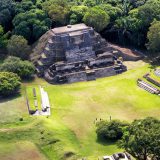
Caracol
Caracol is the name given to a large ancient Maya archaeological site, located in what is now the Cayo District of Belize. It is situated approximately 40 kilometres south of Xunantunich and the town of San Ignacio Cayo, and 15 kilometers away from the Macal River. It rests on the Vaca Plateau at an elevation of 500 meters above sea-level, in the foothills of the Maya Mountains. Long thought to be a tertiary center, it is now known that the site was one of the most important regional political centers of the Maya Lowlands during the Classic Period. Caracol covered approximately 200 square kilometers, covering an area much larger than present-day Belize City (the largest metropolitan area in the country) and supported more than twice the modern city’s population.
Etymology
“Caracol” is a modern name from Spanish: caracol “snail, shell”, but more generally meaning spiral- or volute-shaped— apparently on account of the winding access road that led to the site. Its ancient name has been reconstructed from the Emblem Glyph popular among its early rulers – Ux Witz Ajaw, or “Three Hills Lord”. The full name of Caracol would be “Three-Hills Water,” read Oxwitza’, Uxwitza’ or, hispanicised, “Oxhuitza”. This place name may also reference the Three Stone Place of creation.
Discovery
The site was first reported by a native logger named Rosa Mai, who came across its remains in 1937 while searching for mahogany hardwood trees to exploit. Mai reported the site to the archaeological commission for British Honduras, today Belize. In 1938 the archaeological commissioner, A. H. Anderson visited the site for two weeks along with a colleague H. B. Jex [Hugh Blockley Jex – who later became Inspector of Crown Licence]. It was Anderson who gave the site its modern name. They conducted preliminary surveys, noted 9 carved monuments, took notes on the structures of the A Group Plaza, and undertook limited excavations in two locations. A. H. Anderson and Linton Satterthwaite later discovered 40 stone monuments.
